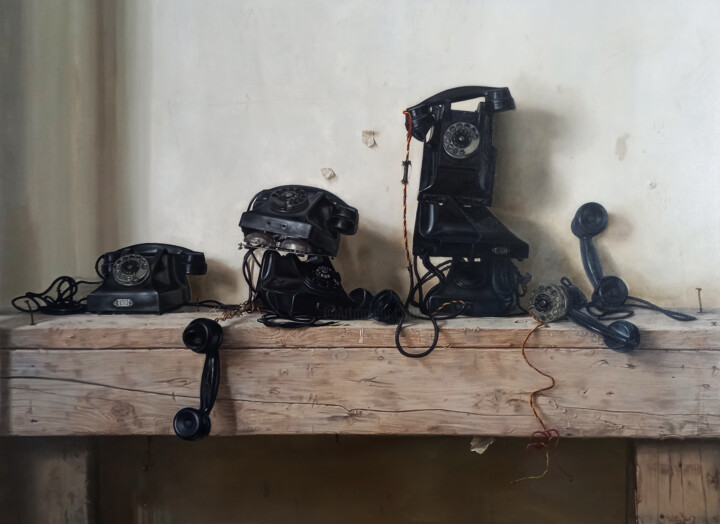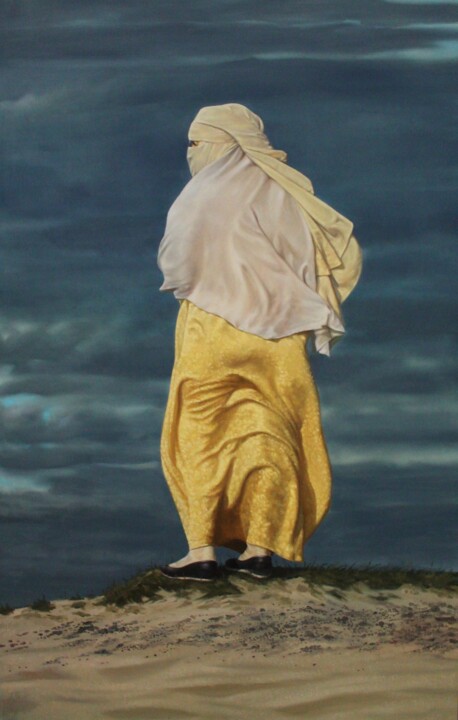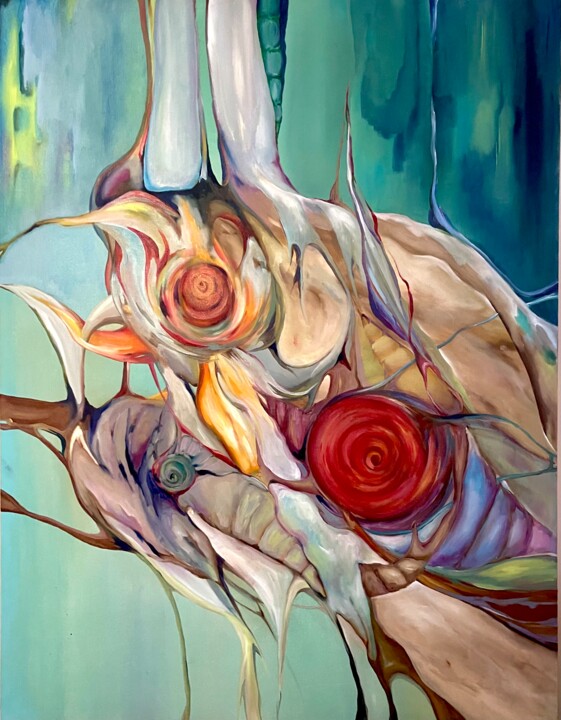5,045 原创艺术品,限量版和版画:
哪里可以买到摩洛哥艺术家的艺术品?
ArtMajeur 展示了精选的最佳 当代摩洛哥艺术家:摩洛哥画家, 摩洛哥雕塑家, 摩洛哥摄影师,您可以在画廊中找到新兴和已确认的艺术家。
虽然 摩洛哥 的画家、雕塑家和摄影师是最受欢迎的技术,但我们也有出售其他技术的优秀当代作品,如拼贴画、数字艺术或纺织艺术。 ArtMajeur 画廊在 摩洛哥 非常受欢迎,因为许多当代艺术家用它来出售他们的艺术品:希望购买 摩洛哥艺术家 艺术品的收藏家可以找到各种各样的技术、颜色、风格和价格。
Discover original artworks made by Contemporary Moroccan artists on ArtMajeur
Contemporary Moroccan artists are known for creating original artworks that are nothing short of eclectic and vibrant. These artists use a wide range of supports and materials such as canvas, wood, paper, and even metal to create their masterpieces. What is unique about this type of original artwork is the fusion of traditional and modern elements that are present in each piece. The use of rich colors, intricate patterns, and calligraphic text, which are all important queries related to Moroccan culture, are combined with contemporary techniques to create a visually stunning and emotional experience for the viewer. Each work of art tells a story and invites the viewer to explore the history, culture, and identity of Morocco in a new and exciting way.

©2023 Alvaro Robles
Origins and History
Contemporary Moroccan art has its roots in the country’s rich cultural and artistic heritage. The tradition of creating original artworks dates back centuries, with Moroccan artists drawing inspiration from their surroundings, including Islamic calligraphy, architecture, and geometric designs. In the 20th century, a group of Moroccan artists emerged who blended traditional techniques with modern styles, creating a vibrant and eclectic art scene.

©2025 Abdelkader Kamal
Evolutions of theses works in the contemporary art market
The evolution of original artworks made by Contemporary Moroccan artists has been a significant development in the contemporary art market.

©2019 Alvaro Robles
Related Famous Artists
Contemporary Moroccan art is a rich and diverse field, with many talented artists creating original and thought-provoking works. Some well-known contemporary artists who have made significant contributions to this field include Yto Barrada, Mounir Fatmi, and Lalla Essaydi.
Yto Barrada is a Moroccan artist who works with a variety of media, including photography, sculpture, and installation. Her work often explores themes of identity, memory, and the relationship between nature and culture. With her keen eye for detail and her ability to capture the essence of a place or moment, Barrada has become one of the most celebrated artists working in Morocco today.
Mounir Fatmi is another well-known contemporary artist from Morocco, whose work often deals with issues of globalization, technology, and the impact of colonialism on the African continent. His installations and sculptures are often made from found objects and everyday materials, which he transforms into powerful statements about the world we live in.
Lalla Essaydi is a Moroccan artist who uses photography to explore issues of gender, identity, and representation. Her work often features women in traditional Moroccan dress, set against intricate backgrounds that are covered in Arabic calligraphy. Through her art, Essaydi challenges the stereotypes and assumptions that are often associated with Arab and Muslim women, and invites viewers to reconsider their own preconceptions.
These artists, along with many others, have helped to establish Morocco as a vibrant and dynamic center for contemporary art in the Middle East and North Africa. Their work continues to inspire and challenge audiences around the world, and is a testament to the power of art to reflect and shape our understanding of the world we live in.

©2023 Aksana Chmel
Notable original artworks made by Contemporary Moroccan artists
Contemporary Moroccan artists have created a plethora of original artworks that showcase the rich culture and heritage of the country.
One such artwork is "The Veil," created by Hassan Hajjaj in 2000. This mixed-media piece features a woman wearing a brightly patterned headscarf, seated on a motorcycle adorned with soda cans. The image is a commentary on the intersection of tradition and modernity in Moroccan society.
Another notable artwork is "The Harem," created by Lalla Essaydi in 2009. This photograph features a group of women in a luxurious setting, draped in fabrics and surrounded by calligraphy. The piece challenges Western stereotypes of the harem and explores the complex relationships between gender, power, and identity.
In 2016, Yto Barrada created "Faux Guide," a series of collages depicting the architecture of Tangier. The collages feature cutouts from travel guides and maps, juxtaposed with images of buildings and landscapes. The result is a playful and thought-provoking commentary on the ways in which we construct and consume narratives about place.
Finally, "The Divine Comedy," created by Mounir Fatmi in 2014, is a multimedia installation that explores the themes of exile and displacement. The piece features a video projection of a burning book, accompanied by a soundscape of voices speaking in different languages. The work is a meditation on the fragility of culture and the power of language to connect us to our roots.
These artworks and many others like them showcase the vibrancy and diversity of Moroccan art, and the ways in which contemporary artists are engaging with the complex social and political issues of our time.




































